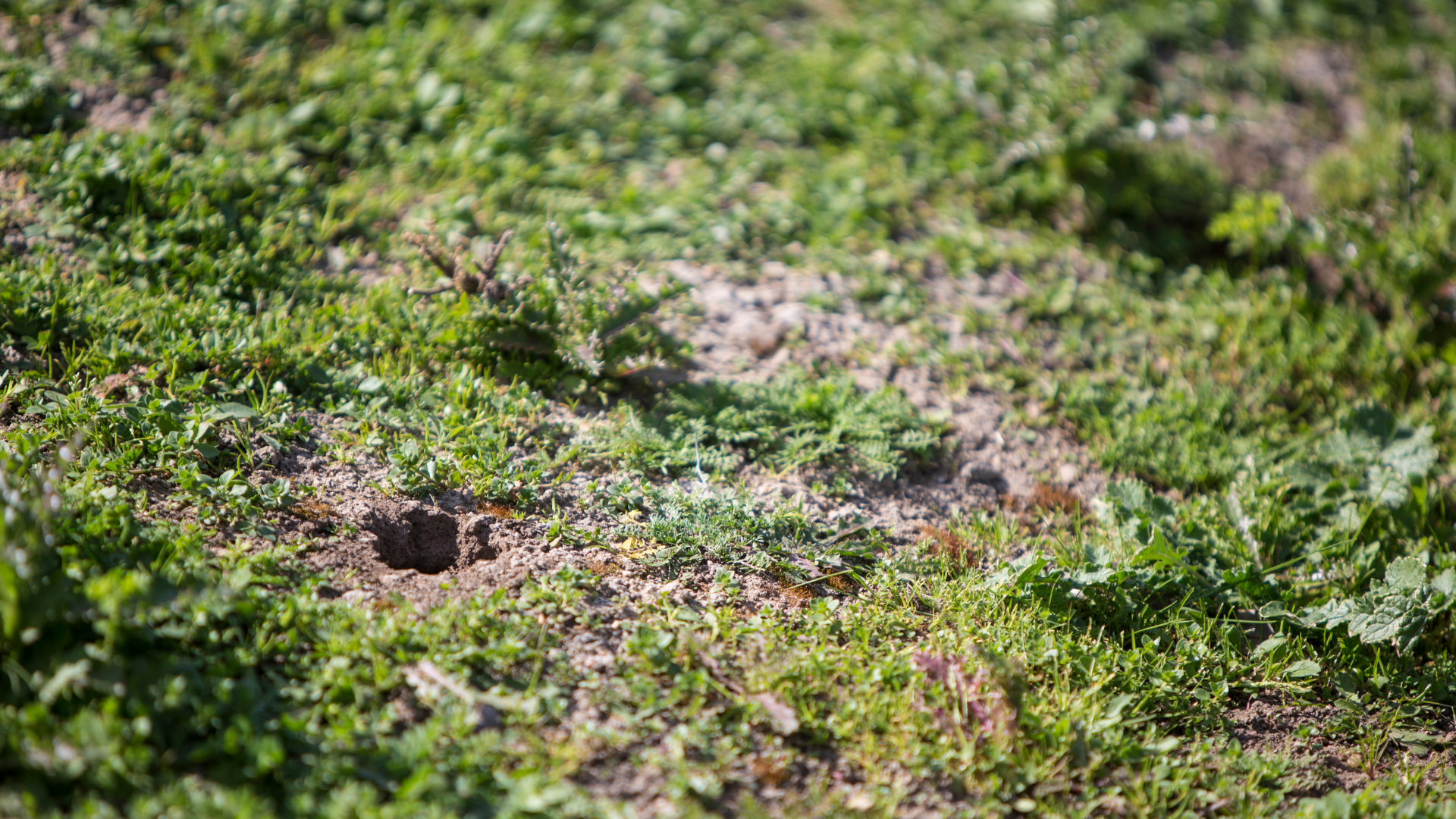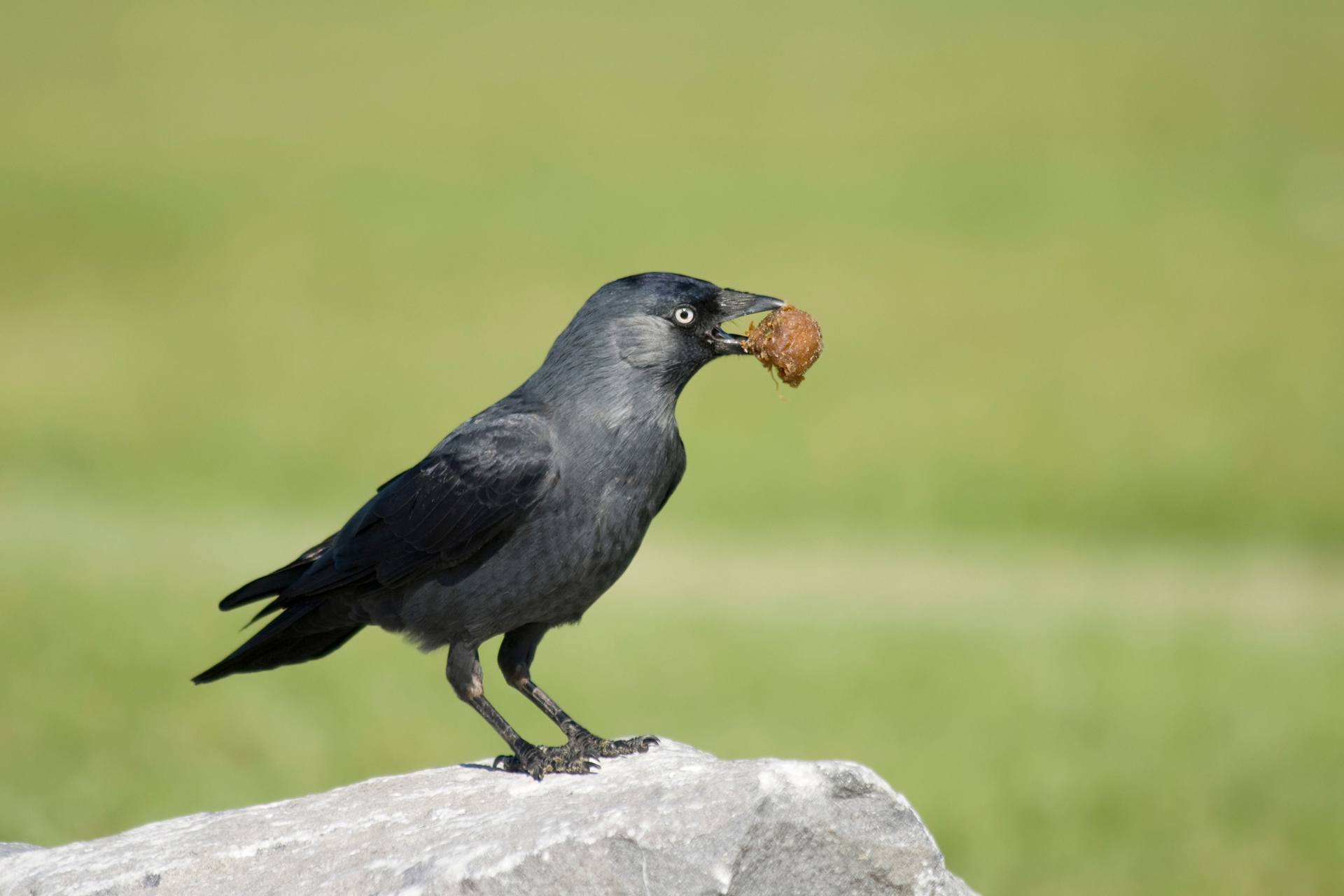Why First-Time Pest Spraying Sets the Stage for a Clean Home
Moving into a new home marks a fresh start. It’s exciting, chaotic, and full of opportunity. But amid the packing lists, address changes, and utility setups, there’s one critical step that often gets lost in the shuffle—pest control. Specifically, treating the property before you move in.
Spraying before a move-in isn’t just about being cautious. It’s about protecting your investment, avoiding early infestations that can rapidly grow out of hand, and saving yourself time, money, and stress in the long run.
Why Pre-Move Pest Control Is Worth Your Attention
Pest control isn’t something most people think about until there’s a problem. Unfortunately, when pests make themselves visible, the issue is usually more advanced than it looks. Many insects and rodents hide deep in walls, behind appliances, under floors, or in attics and crawlspaces. You might not see them right away, but they’re there, quietly establishing themselves—and by the time you spot signs of their presence, they’ve already been active for some time.
That’s exactly why preemptive spraying matters. It cuts off that head start. If the home is empty, there’s no furniture for pests to hide behind, no pantry items to attract them, and no dark storage corners full of clutter. Pest control professionals can access every part of the structure, from baseboards to rafters, without obstruction. They can treat more effectively and spot potential entry points more easily. And since pests are far less active in clean, empty spaces, you’re minimizing the chance of a persistent infestation gaining traction.
It’s also worth noting that even new construction homes aren’t immune. In fact, the construction process itself can stir up nearby pest activity. Digging, framing, and plumbing work often disturb nests or burrows. Ants, cockroaches, and rodents can find their way inside through small openings created during construction or utility installation. A fresh build might look pristine, but it’s not automatically pest-proof. Treating it before move-in closes the window of opportunity for insects or rodents to settle in undetected.
Protecting Your Belongings Before They Enter The Home
One of the most frustrating aspects of moving into a pest-infested home is the risk it poses to your belongings. Clothing, linens, furniture, and food items offer the perfect combination of shelter and resources for pests. Rodents chew through packaging and electrical wiring. Moths and silverfish target natural fabrics. Roaches and ants scavenge even the smallest crumbs. Once these pests discover a comfortable place to nest inside your belongings, they’re much harder to eradicate.
By treating the home before those items ever arrive, you’re taking a critical step in protecting them. Without food, moisture, or cover, pests are easier to eliminate. This means you’re not just treating a house—you’re creating a clean environment for everything you’re about to move in.
Consider how difficult it is to thoroughly treat an occupied space. Furniture blocks baseboards. Closets are filled. Pantries are stocked. Even the most professional treatment will be limited when so many areas are inaccessible. Contrast that with an empty house: every wall, corner, vent, and crevice is available to be treated with precision. That level of access dramatically improves results and reduces the likelihood of needing follow-up visits down the line.
Pest Activity Doesn’t Wait For An Invitation
People often assume that pests are a problem only in neglected or dirty homes. That’s a myth. Pests don’t discriminate. They look for entry points, moisture, food sources, and shelter. Even a thoroughly cleaned and maintained property can harbor pests if those basic conditions exist.
For example, a small gap beneath a garage door or around a utility pipe can serve as an entrance for mice. A dripping faucet or improperly sealed window can attract ants or earwigs. And it doesn’t take much for a colony to take hold—especially in a space that’s been empty for weeks.
Vacant homes are especially attractive. There’s little noise or vibration. No foot traffic. No lights turning on and off or pets roaming around. That kind of environment creates the ideal conditions for pests to explore and settle in without interference. Even if no one’s noticed any pest problems during real estate showings or inspections, that doesn’t mean they aren’t there—or won’t appear soon after move-in.
Spraying before you arrive gets ahead of that possibility. You’re not waiting for the first trail of ants or the telltale scratching sounds in the attic. You’re proactively disrupting any existing activity and making the space less inviting to new intruders. It’s a strategic move, not a reactive one—and when you’re dealing with pests, strategy makes all the difference.
Long-Term Savings And Fewer Headaches
There’s a financial side to this conversation that’s often overlooked. The cost of preventative pest control is typically far lower than the cost of treating an active infestation. Emergency services, repeat visits, structural repairs, and even replacing contaminated or damaged belongings can add up quickly.
And there’s another layer of cost: the mental and emotional toll. Discovering a pest issue in the middle of unpacking or setting up your new home adds an enormous amount of stress to an already overwhelming process. Suddenly you’re not focused on decorating or settling in—you’re figuring out how to protect your family, schedule urgent service, or clean up droppings and messes you didn’t anticipate.
The irony is that so many of those problems could’ve been avoided with a single service visit before moving day. It's a classic case of an ounce of prevention being worth a pound of cure. Pest control is most effective when it’s ahead of the problem, not chasing after it.
Timing Matters—But It’s Not Too Late
If you haven’t moved yet, now is the perfect time to schedule treatment. A few days before you bring in your boxes is ideal. That gives pest control products time to take full effect and ensures the space is ready for you and your belongings. But even if you’re only a day or two out—or even moving that afternoon—it’s still worth getting it done. A same-day treatment is still far better than none at all.
If you’ve already moved in, that doesn’t mean you’ve missed your window entirely. But it does mean your options are a little more limited. Treatment may need to be more targeted, and your belongings could be affected if pests have already taken an interest in your space. Spraying before move-in helps you avoid that complexity altogether.
Think of pest control the same way you think of utilities, locks, or cleaning—it’s a foundational part of setting up a new home. Not just a reaction to something going wrong, but an important layer of protection you build from the start.
At 101 Gopher And Pest Control, we understand how chaotic the moving process can be. There’s so much to juggle, and pests shouldn’t be one of them. That’s why we offer treatments specifically designed for pre-move situations. We’ll make sure that your home stays pest-free from the very beginning. No surprises. No scrambling after the fact. Just smart protection at the right time.
Contact 101 Gopher And Pest Control today and let’s get your new place ready for a clean, smooth, pest-free start.










